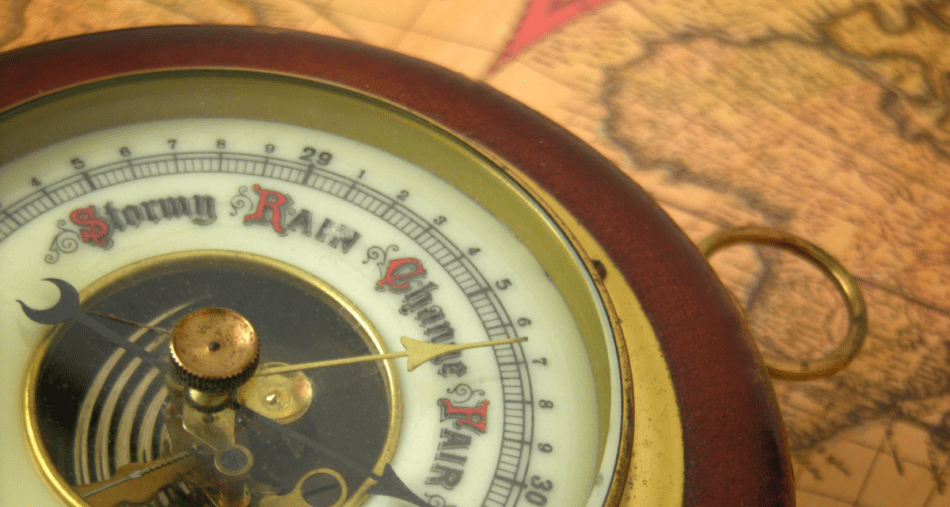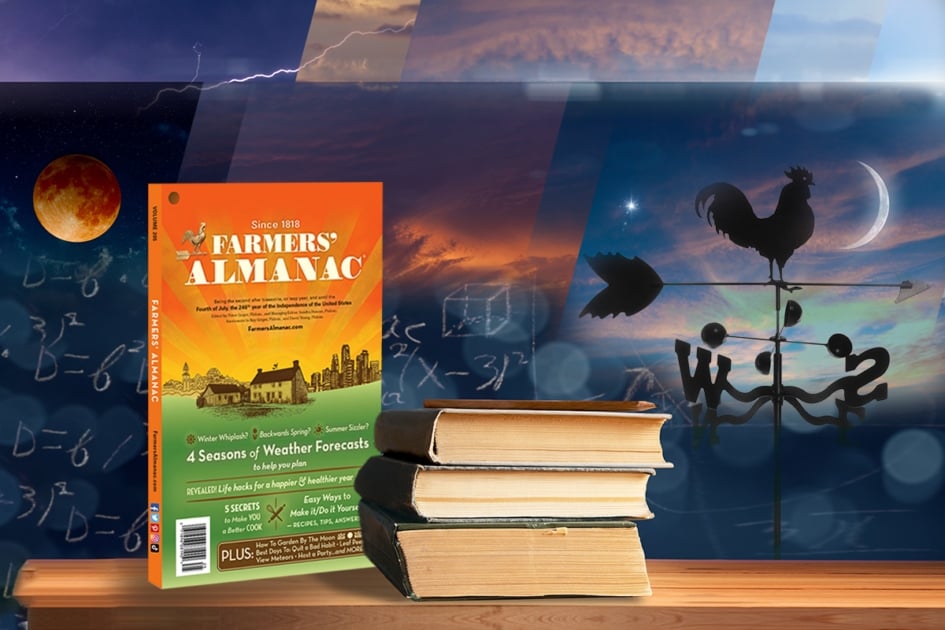The Farmers’ Almanac is a well-known publication that has been around for centuries. It is widely respected for its accurate weather predictions and forecasts. But how does the Farmers’ Almanac predict the weather?
Baseball legend Yogi Berra once famously said, “it’s tough to make predictions, especially about the future.” This sentiment holds true for long-range weather forecasts, according to most atmospheric scientists. Over the years, various methods have been used to make the Farmers’ Almanac predictions, including studying sunspot cycles, solar activity, tidal forces, and even the reversal of winds in the stratosphere over the equator.
One essential factor that we consider in our extended weather forecasts is the influence of our celestial companion, the Moon. As students of meteorology know, the Sun’s rays warm Earth’s atmosphere, leading to the exchange of heat and vapor between the surface and the air. This produces the weather phenomena we experience and call “weather.” The Moon acts as a “meteorological swizzle stick,” occasionally stirring up atmospheric disturbances with its cyclical and predictable movements.
In addition to studying natural cycles, meteorologists also use the technique of comparing past weather patterns to current conditions to forecast future weather. This approach, known as analog forecasting, provides valuable insights into potential weather events.
The Farmers’ Almanac Weather Formula
The Farmers’ Almanac weather predictions are based on a formula originally developed in 1818 by our founding editor, David Young. This formula incorporates many of the various techniques mentioned here, as well as sunspot activity, tidal action of the Moon, the position of the planets, and more. To safeguard this valuable formula, the editors of the Farmers’ Almanac keep its weather prognosticator – Caleb Weatherbee- identity and the exact formula as brand secrets.

While some may question how a publication that started over 200 years ago can make such accurate extended weather forecasts, the Farmers’ Almanac editors like to remind everyone that this formula has been time-tested, challenged, and approved for centuries. The Farmers’ Almanac is the oldest source of consecutively published weather forecasts, even longer than the National Weather Service.
Unlike your local news, government, or commercial weather service, the Almanac’s forecasts are calculated two years in advance. Once the new edition is printed, the editors never go back to change or update its forecasts the way other local sources do.
Though weather forecasting, and long-range forecasting, in particular, remains an inexact science, many longtime Almanac followers maintain that our forecasts are 80% to 85% accurate.
Related:
What were our winter predictions over the past several years?

